Discover Japan
-
Why Book your Walking Vacation in Japan with Macs Adventure?
Macs Adventure has been running self-guided walking vacations in Japan since 2013. Japan has such a unique culture and customs, but also a completely unique terrain that we wanted to find trips where hikers could immerse themselves and find the Japan of their dreams.
We provide the freedom to choose from our tried & tested routes, pick your own travel companions, and discover the Japanese culture and countryside at your own pace.
We know how daunting it can be, heading out to a country with such different ways, but we knew from experience how important it is to have amazing partners on the ground in Japan to deal with any issues that you might come across. We are proud to say that our outstanding team based on the ground in Japan are ready and eager to help with any issues, whether it is simply asking which bus to take or something more serious.
We make sure you have comfortable, friendly overnight accommodation in a mix of hotels and traditional Japanese Minshuku and Ryokan (guesthouses). We take care of the details, so that you can spend your time exploring exactly what you want to see in Japan. You can book with confidence that we have it all covered for you.
We love Japan and our main aim is to make sure that you do too!
![Why Book your Walking Vacation in Japan with Macs Adventure?]()
-
Cultural Tips for Hiking in Japan
Worried about making a cultural mistake in Japan? Don't be! The Japanese are kind and gracious, and a little effort goes a long way. Here are some tips to help you feel more comfortable and confident on your travels.
Shoes - Removing your shoes when entering someone's home, or even some places of business, is good manners. When you are on a walking holiday in Japan, in the more traditional accommodations (minshuku and ryokan), you will remove your shoes at the front door and be provided with slippers to wear indoors during your stay. There's even a special pair to wear just for the toilet! It sounds formal, but it's part of the fun.
Bowing - Shaking hands is not the norm in Japan. Some people will offer to shake hands out of respect for western culture, but in general, bowing is the way to go. It is a lovely experience to step onto the streets of Tokyo for the first time and see groups of people bowing to each other. It shows great respect when a foreigner takes on aspects of Japanese culture. It is generally only a short bow from the waist, but deeper bows show more respect.
Chopstick Etiquette - Chopsticks or Hashi (箸) in Japanese are used everywhere. You can always ask for a fork if you are struggling (Fōku フォーク) but it is a good idea get some chopstick practice in before you go. However, just being able to use them is not all you need to know! Don't stick your chopsticks upright in your food, and if you are taking a break, use the small rest provided next to your plate. Avoid passing food from one set to another. These are linked to funeral rites - not a positive association during a meal!
Mindfulness - Ingrained in the culture of Japan is a wonderful sense of mindfulness. In Japan, people tend to only do one thing at a time. You won't frequently see someone eating, smoking or taking on the phone while walking, for example. Be present and stop to enjoy a snack or send a text before moving on.
Onsen Etiquette - Onsens are the (often natural spring) hot baths that Japanese people love. Onsens are a deep part of the culture and while we could write a book about Onsen rules, there are some basics to always obey. Intense showering must be done before entering the bath. The purpose of the bath is to relax, not to wash, so take a seat on the little stool and get washing. While everyone showers together (separated by gender of course) you do have a tiny towel with you should you wish to protect your modesty. When you bathe, it is good form to place this towel on your head. It also comes in handy to wipe away sweat while in the bath, they are HOT, usually 37-42 C (98-107 F). After the first couple of minutes, it becomes an act of pure bliss, particularly after a day's walking.
Japan is a cultural experience and there genuinely is no better way to experience it than to take a hike out into the less-traveled parts of the country.
![Cultural Tips for Hiking in Japan]()
-
Accommodations in Japan
In the cities, expect western-style hotels, but in walking sections of the trip, experience local family-run accommodations and traditional Ryokan and Minshuku inns.
The classic Japanese inn, Ryokan come in many styles, but are united by flawless service and exquisitely-prepared food. Ryokan may be in modern or traditional wooden buildings, but rooms are always Japanese style, with Tatami (straw mat) floors and futons for sleeping laid out in the evening by the Ryokan staff. Minshuku are similar to Ryokan but family-run and with less formal service.
Ryokan rooms sometimes have private bathrooms. Minshuku offer toilet and bathing facilities ‘along the corridor’. Baths may be smaller rooms, used privately in turn by guests; or they may be larger communal bathing suites, one for men and one for women.
We provide you with detailed information on the etiquette of staying in these beautiful traditional Japanese Inns.
![Accommodations in Japan]()
-
Culinary Japan
Japanese cuisine is the highlight of many people’s visit to Japan! On our Macs trips, most meals will be Japanese cuisine, though breakfast in western-style hotels may include more familiar choices. Dinner and breakfast in ryokan and minshuku are set meals, usually with a whole succession of different delightful dishes.
One of the most rewarding parts of hiking in Japan is the food - seasonal, beautifully presented, and full of variety. You'll enjoy home-cooked meals at traditional inns, often featuring rice, grilled fish, pickled vegetables, miso soup, tofu, and regional specialties. Look out for dishes like nabemono (hearty hotpots), sashimi, tempura, and mountain vegetables known as sansai. Noodles, like soba, udon, and ramen, will make regular appearances too. Meals are thoughtfully prepared and often served as multi-course feasts, giving you a true taste of Japan’s culinary traditions after a day on the trail.
![Culinary Japan]()
-
Forest Bathing: Japan's alternative form of well being
Japan has become synonymous with the art of Forest Bathing (Shinrin Yoku). Forest bathing has actually become a vital part of the preventative healthcare system in Japan. Studies have shown it can reduce the stress of the sensory overload accumulated by modern lifestyles. Swap modern sensory experiences for the natural sights and sounds of the forest and take in the stillness around you.
Whilst you are likely to experience the hustle and bustle of Japan's major cities on our tours, you will also see the polar opposite of it by experiencing and connecting with the Japanese wilderness on the Kumano Kodo Trail or The Nakasendo Trai.
As you walk through these serene Japanese forests, why not try some Forest Bathing? Use all of your senses - Feel the rough bark of a tree trunk, listen to the rustle of the leaves, notice the different smells of the forest and take a minute to really look at the beauty all around you. Breathe deeply and embrace the almost meditative state you may find yourself in as you take in all the nature around you and allow your mind to rest.
![Forest Bathing: Japan's alternative form of well being]()
-
Seasons of JapanJapan's climate varies depending on the season, and each is culturally important. Late Spring (March to May) and late Autumn (September to November) are generally the best times to visit Japan when there is little rainfall, skies are clear and temperatures are mild. The colder months of December to February are less popular with most visitors which can make traveling during this period cheaper, and the perfect time to visit the sights away from the crowds.Cherry BlossomThe most popular time to visit Japan is during this period when you can enjoy the magical sight of the cherry blossoms in full bloom. It happens around April and May however since it’s a natural event, the dates can vary according to weather conditions each year. The trees start to blossom in the warmer south in late March and peak about a week after blooming. In the cooler regions, the blossoming begins later usually around early May. It is an extremely busy time and if you are keen to travel to Japan during this period it is recommended to book our trips to well in advance.Golden WeekThe “Golden Week” is a collection of four national holidays within seven days. It is one of Japan’s three busiest holiday seasons along with New Year and the Obon week. During this time Japanese locals take holidays and transport and tourist sites can be extremely busy. We recommend avoiding this period if possible. If you do want to visit during this period, ensure you can book well in advance and expect higher prices.KoyoAutumn is almost as important as Spring in Japan when thousands of people practice the art of Momijigare, which literally translates as Red Leaf Hunting. The colors of a Japanese Autumn are phenomenal, with the traditional Acer trees producing a wide array of intense colors. Starting in October and running right through to December, Koyo is a great time to visit Japan.TokyoFor most travelers, this is a must-see, and rightly so! From historic temples and traditions to modern skyscrapers and technology. It’s the perfect way to finish a walking trip through rural Japan. This vibrant city is a year-round destination, though you will need to wrap up in winter and bring an umbrella most of the year. Winter, from December to March sees chilly days averaging around 6°C, though the temperature rarely drops below freezing. Summer, from June to August, sees temperatures with an average low of around 20 - 24°C and average highs from 22-27°C but the humidity can make it feel much hotter. The best time to visit is late Spring and late Autumn.
![Seasons of Japan]()






























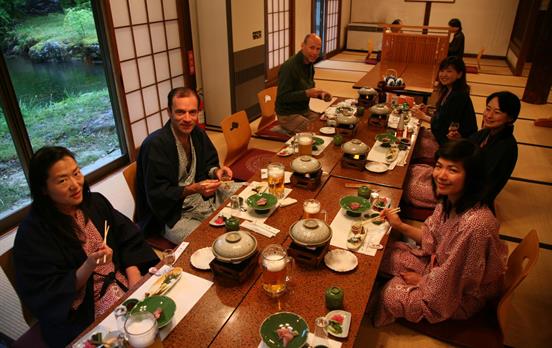
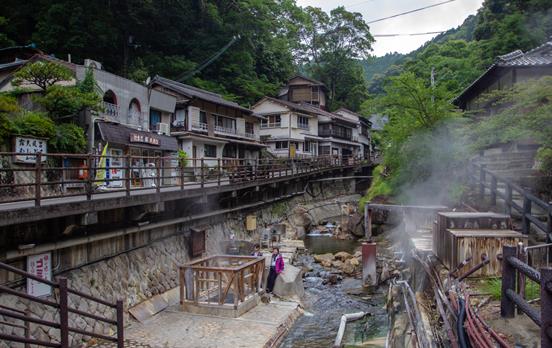
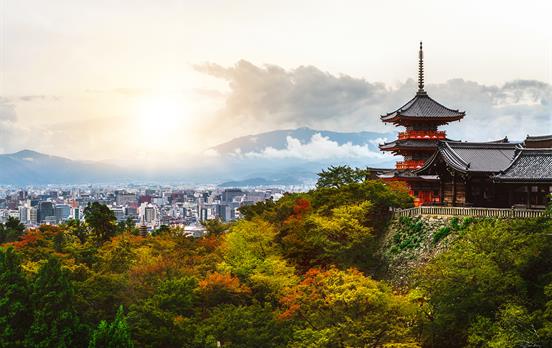
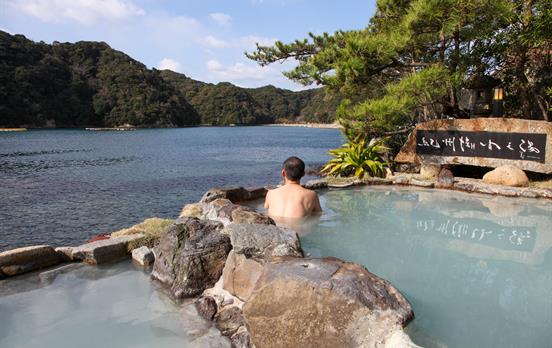

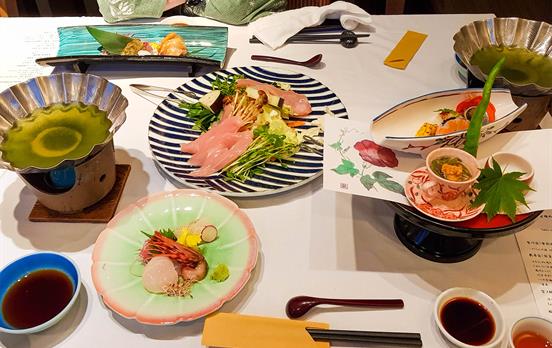
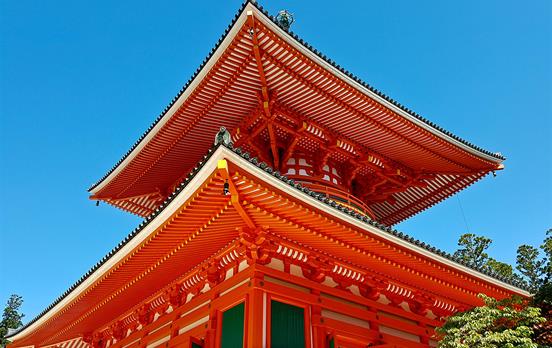
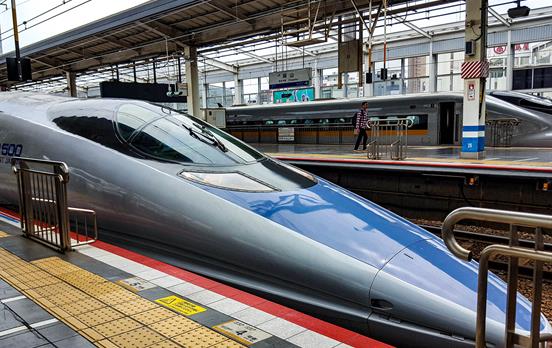
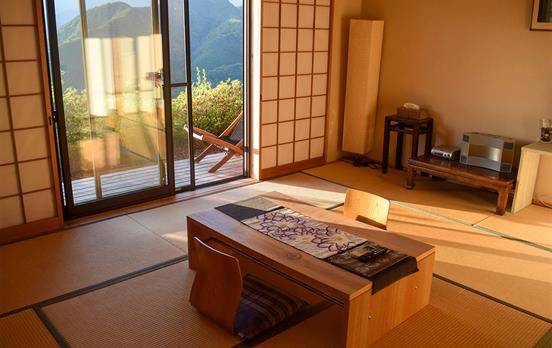
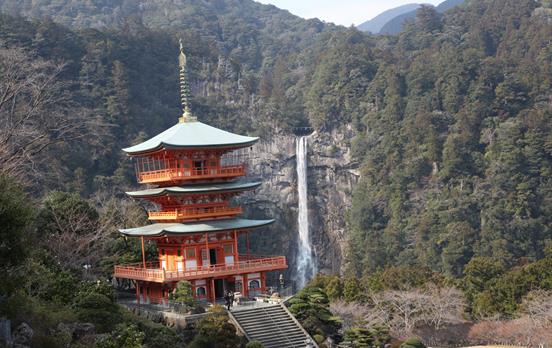
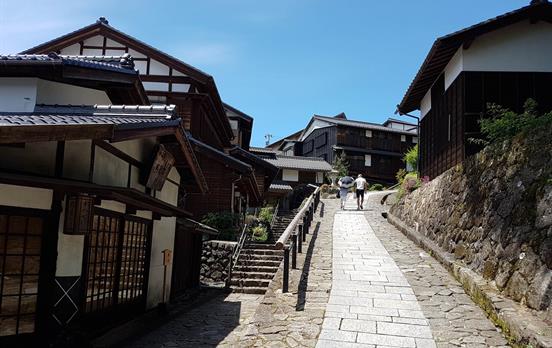
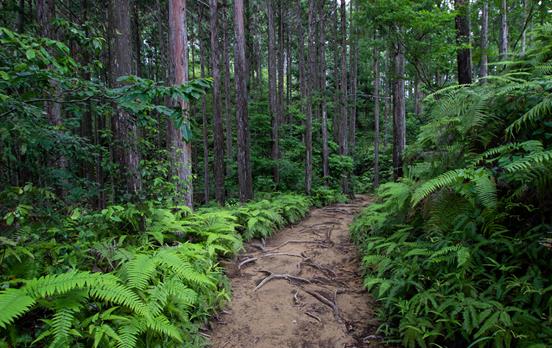
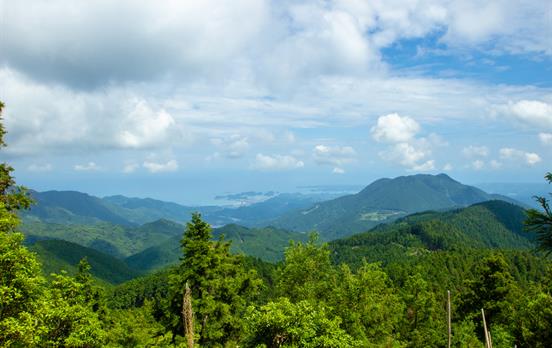



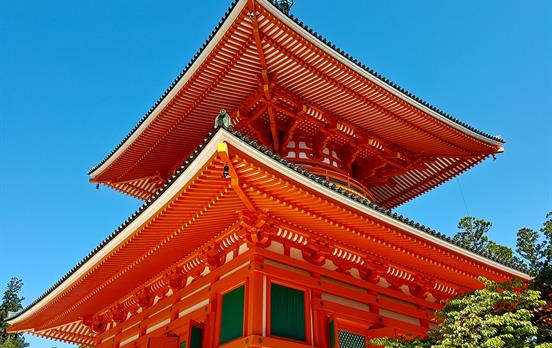
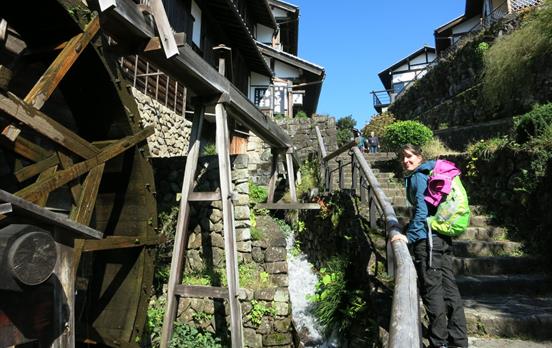
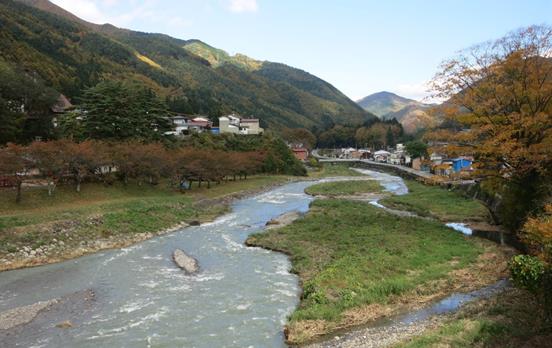
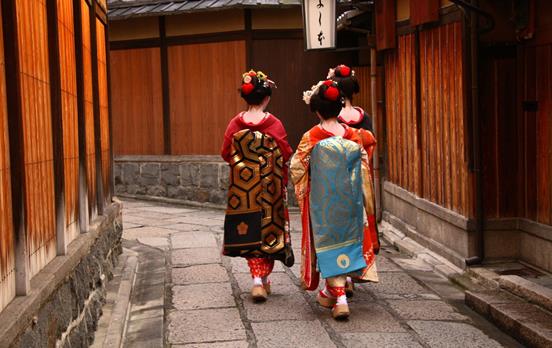
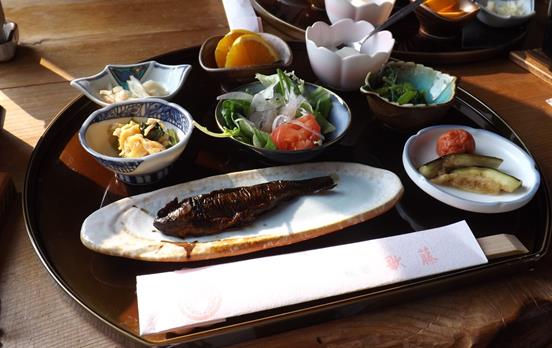
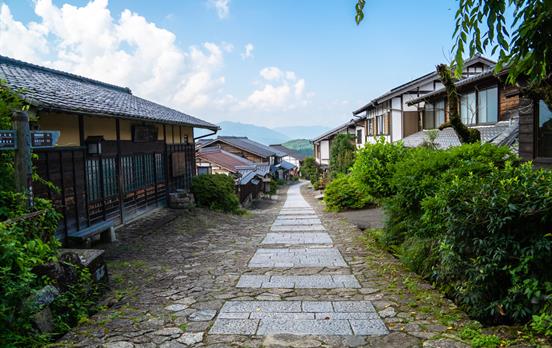
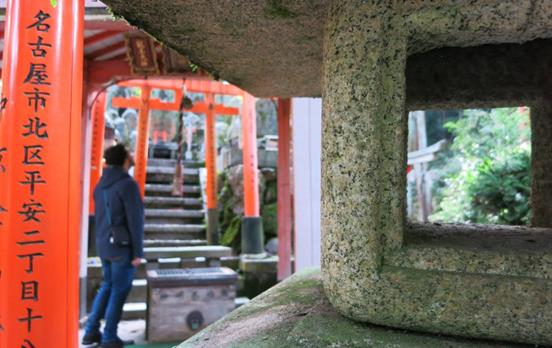
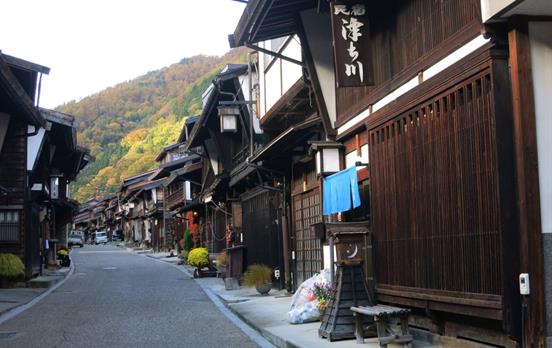



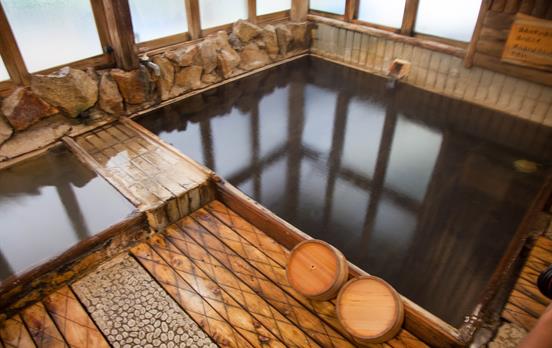
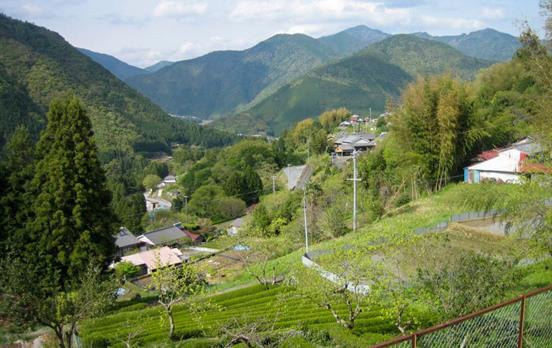

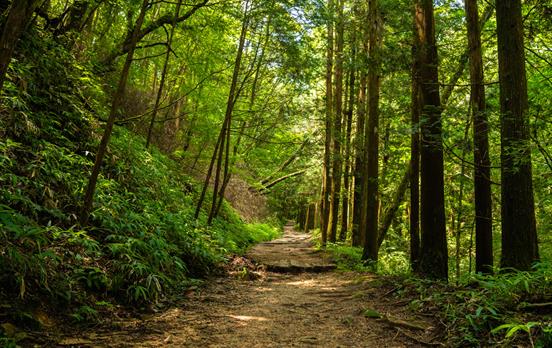
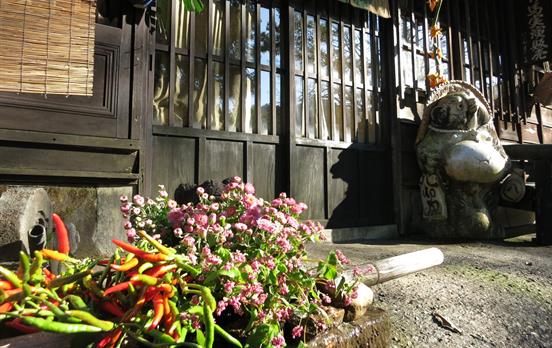
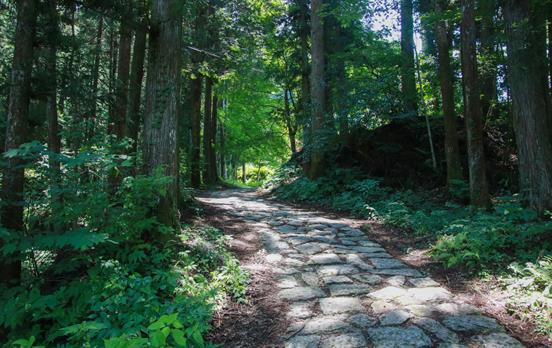
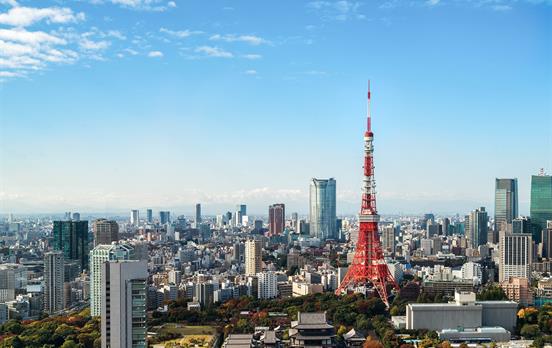















 Canada
Canada